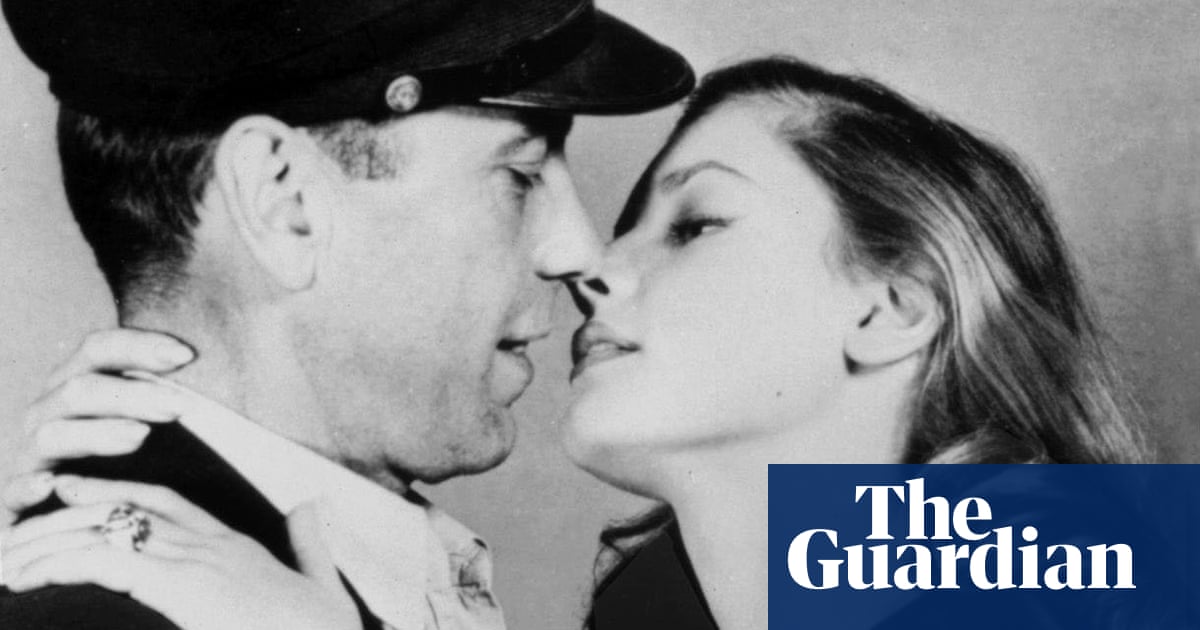
In his 17 years of life, the “rock star” writer Thomas Chatterton lit a path for all the Romantic poets yet to come. His obsession with the mysteries of the past helped fuel a neo-Gothic boom in English creativity; William Wordsworth sealed the dead teenager’s reputation by referring to him as “the marvellous boy”; and in modern times postcards of Henry Wallis’s dramatic painting of Chatterton’s lonely deathbed have been pinned above many a bookish student’s desk.
Now “mega-rare” letters that spell out the poet’s sad story in his own hand are to be sold at auction for the first time. The correspondence to go under the hammer this November is evidence of a clash between Chatterton and a notable literary figure that scholars still suspect led to his suicide. “These are the missing piece of the jigsaw,” said Bonham’s head of books and manuscripts, Matthew Haley. “The whereabouts of these letters has been unknown, although we understood the sequence of events. In 20 years in the business I have never seen Chatterton letters offered for sale, despite the huge interest in him. He is a rock star, really.”
A prodigy born in Bristol in 1752, Chatterton moved to London at 16 to build on an early success as an essayist and poet specialising in pastiche and antiquated lyric forms. But it was hard to turn such niche skills into hard cash. Since his supposed suicide in 1770, the blame for the feelings of failure that drove him to the act has been laid at the door of the author Horace Walpole.
A big name at the time, Walpole was picked out as a potential mentor by Chatterton, and so in March 1769 the younger writer sent him some fan mail, along with a fake manuscript written in the guise of a fictional, art-loving medieval monk.
Odd though this sounds, such things were all the rage at the time, and Walpole had won national fame in 1764 with his gloomy thriller The Castle of Otranto, a story which he initially claimed had been found in an old chest. But by now Walpole, who had been conned by forgeries before, was wary.
Had this supposed monk, Thomas Rowley, really been sent out in 1469 to catalogue the best paintings in the land? He asked Chatterton for proof: “Give me leave to ask you where Rowley’s poems are to be found. I should not be sorry to print them, or at least a specimen of them, if they have never been printed.”
When he learned Chatterton was only 16 and living in penury, Walpole backed off, leaving the poet in limbo and low spirits. The last lines of Chatterton’s Elegy II give a glimpse of his mood:
A dreary stillness broods o’er all the vale,
The clouded Moon emits a feeble glare;
Joyless I seek the darkling hill and dale,
Where’er I wander Sorrow still is there.
The letters to be auctioned on 14 November are being sold by a family who have owned them for two centuries, and include Chatterton’s petulant requests for the return of his manuscript, as well as Walpole’s unsent reply. While the British Library has a collection of surviving autographed “Chattertoniana”, Haley classes these sale items as “mega, mega-rare”. “These are the last known letters from this correspondence in private hands,” he said.
The pages are drawn from a short exchange between the two writers over the spring and summer of 1769, an exchange that has tainted Walpole’s reputation for ever. Although the famous author was drawn to the putative monk’s manuscript, he suspected a hoax, pointing out: “It was odd that Rowley wrote in eighteenth-century rhymed couplets.”
A long gap before Walpole replied again to Chatterton prompted the teenager to drop his pleasant manner. “Being fully convinced of the Papers of Rowley being genuine, I should be obliged to you to return the copy I sent you having no other…”
He then accuses Walpole of treating him badly: “I can not reconcile your behavior [sic] to me, with the notion I once entertained of you. I think myself injured Sir & did not you know my circumstances you would not dare to treat me thus. – I have sent twice for a copy of the MSs – no answer from you – an explanation or excuse for your silence would oblige.”
Walpole, who had been in France, did start composing a response, in which he argued he could find no record of Rowley “the poetical monk” and informing Chatterton he would never print them as genuine documents. A note at the bottom of this unfinished letter shows that Walpole decided not to send it with the returned manuscript, “not choosing to enter into a controversy with him”.
But controversy there was. After Chatterton’s death several London journals implied that Walpole’s discouragement had doomed the young poet. A harsh judgement, given that the two had never met. Chatterton’s verdict is clear in a previously archived angry letter to Walpole that his sister dissuaded him from sending. “Walpole! I thought not I should ever see, So mean a heart as thine has proved to be,” it begins, going on to promise: “Scorn I will repay with Scorn, & Pride with Pride.”
In the summer of the following year Chatterton went up to his garret in Holborn for the last time, bearing the arsenic which he drank before tearing up all the poems around him.
His young death quickly made him a cult figure. Aside from Wordsworth’s “marvellous” praise in his 1807 poem Resolution and Independence, commemorating “The sleepless soul that perished in his pride”, Samuel Taylor Coleridge wrote a monody to him, while Percy Bysshe Shelley was an admirer. Fellow poet Robert Southey co-edited Chatterton’s works in 1803, before John Keats dedicated his poem Endymion, containing the well-known line “A thing of beauty is a joy for ever: Its loveliness increases; it will never. Pass into nothingness; but still will keep”, to the late poet.
Walpole’s summing up of Chatterton, however, was rather barbed: “He was an instance that a complete genius and a complete rogue can be formed before a man is of age.”












